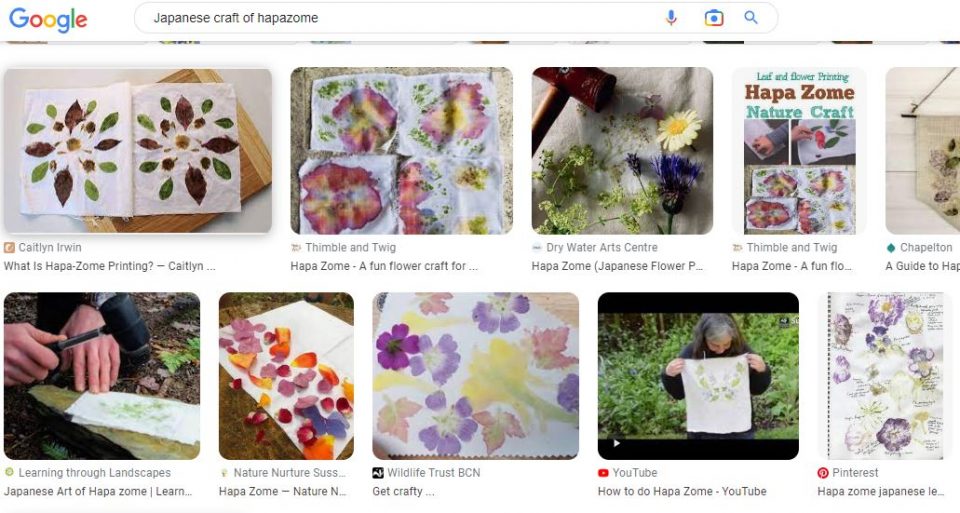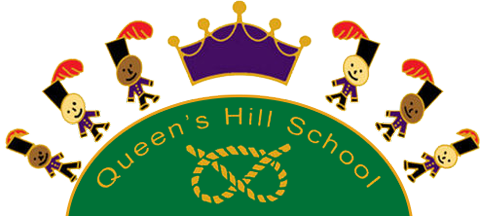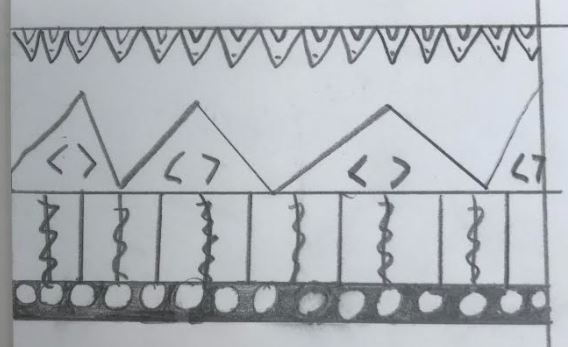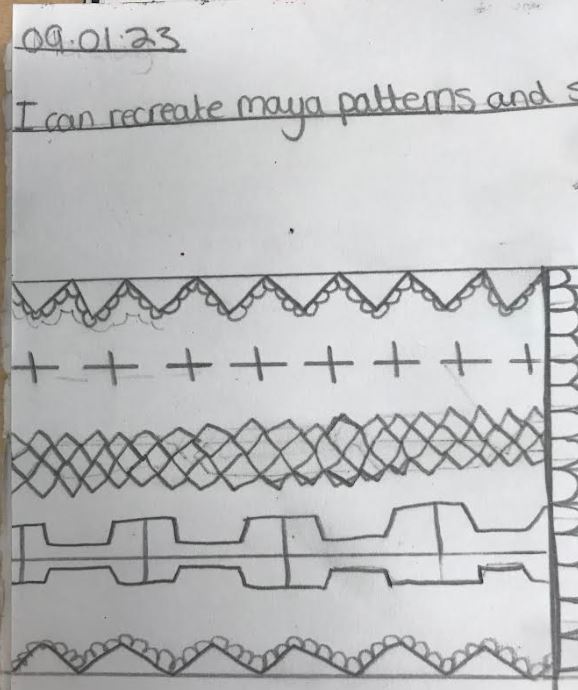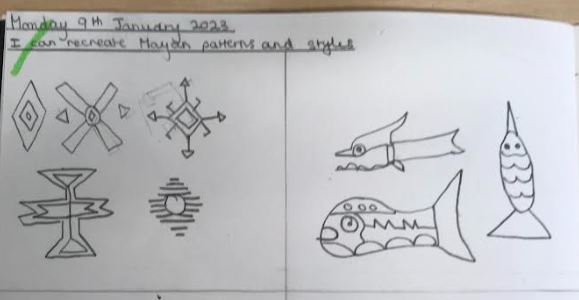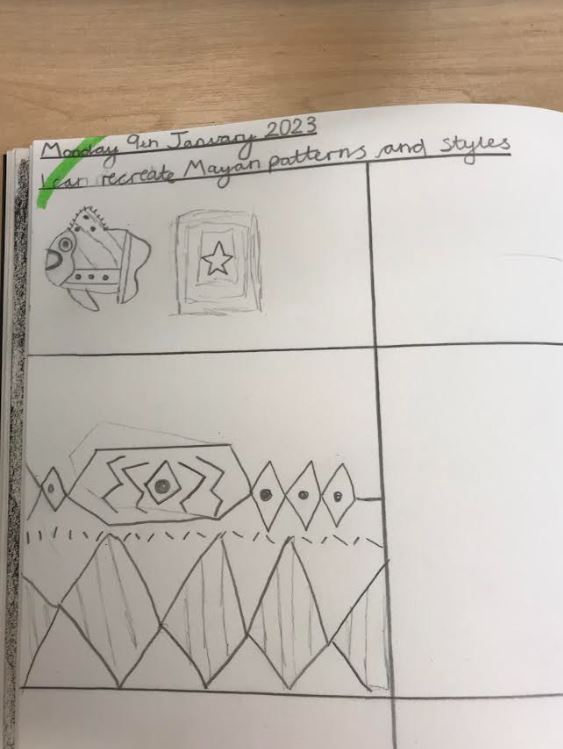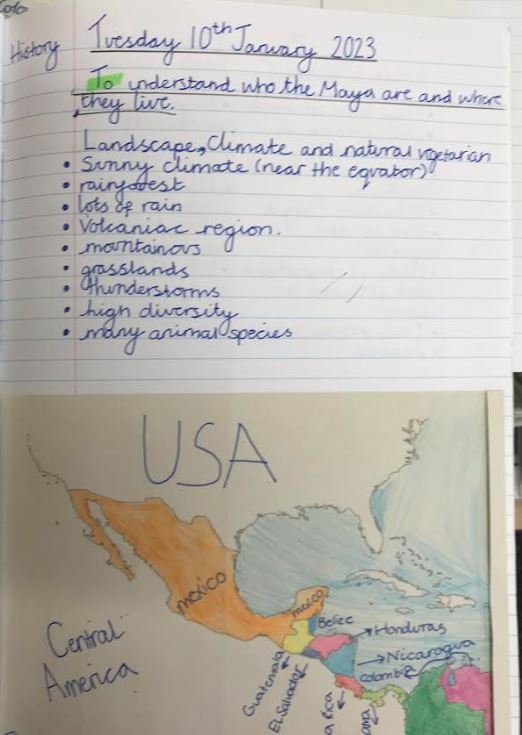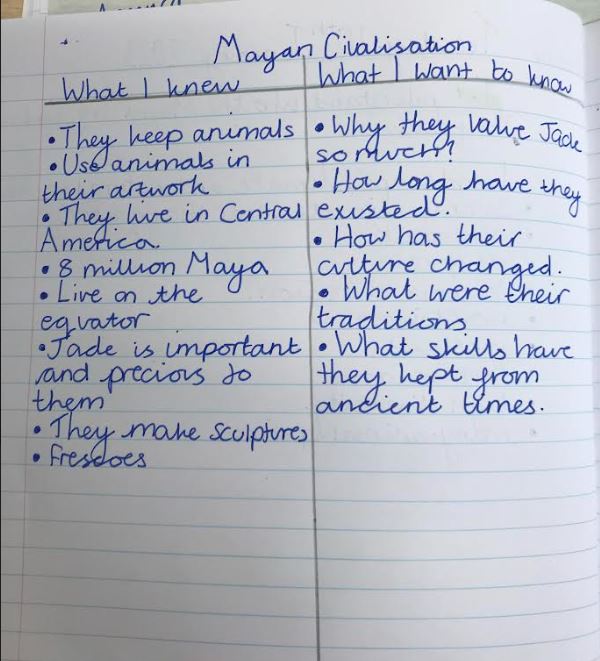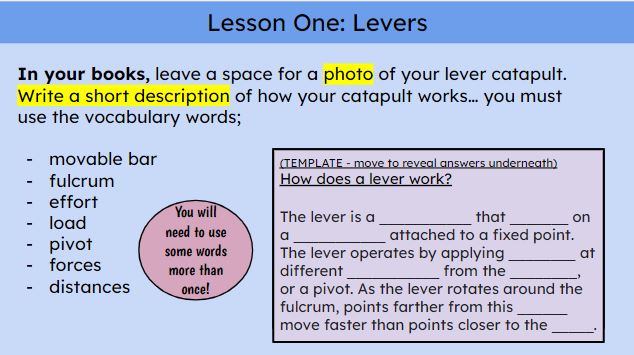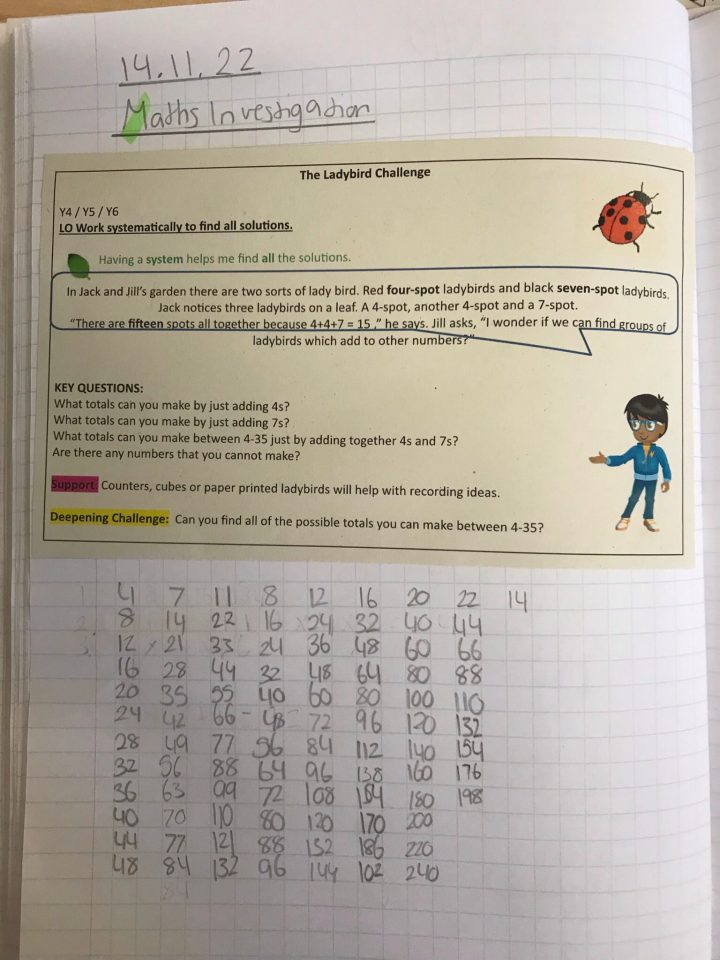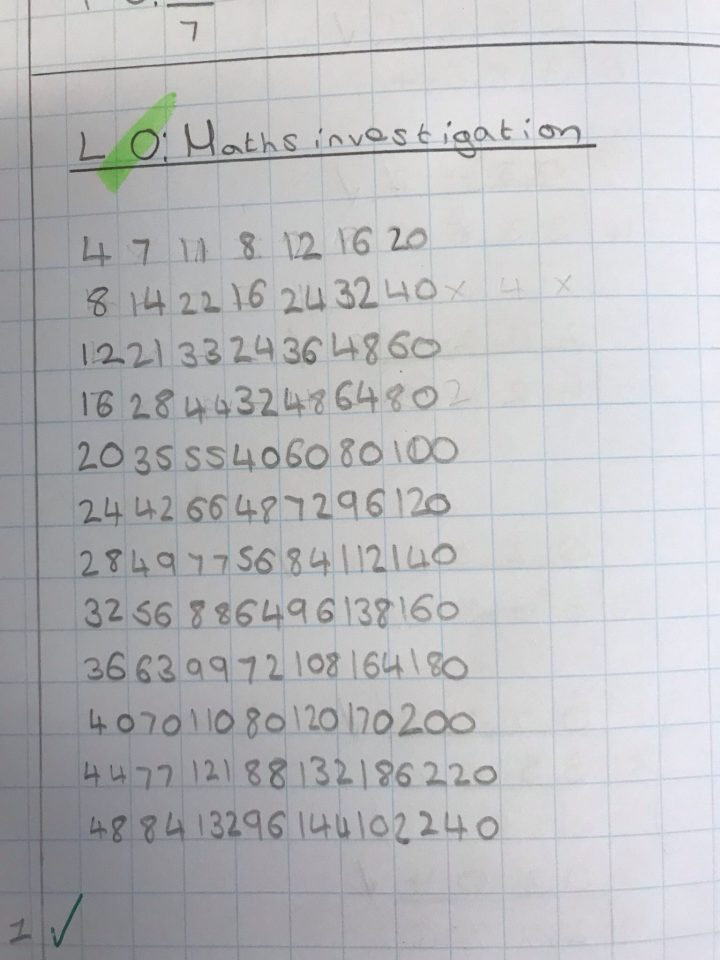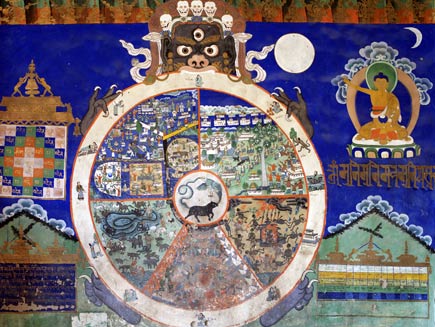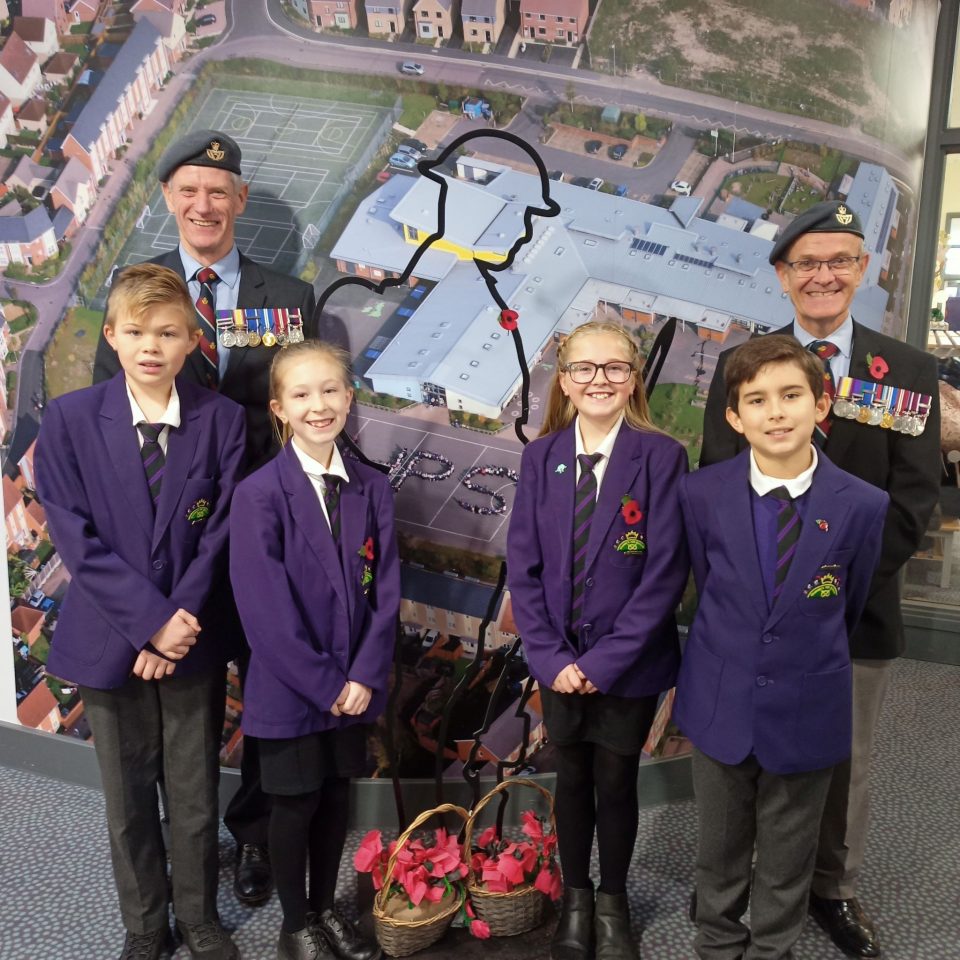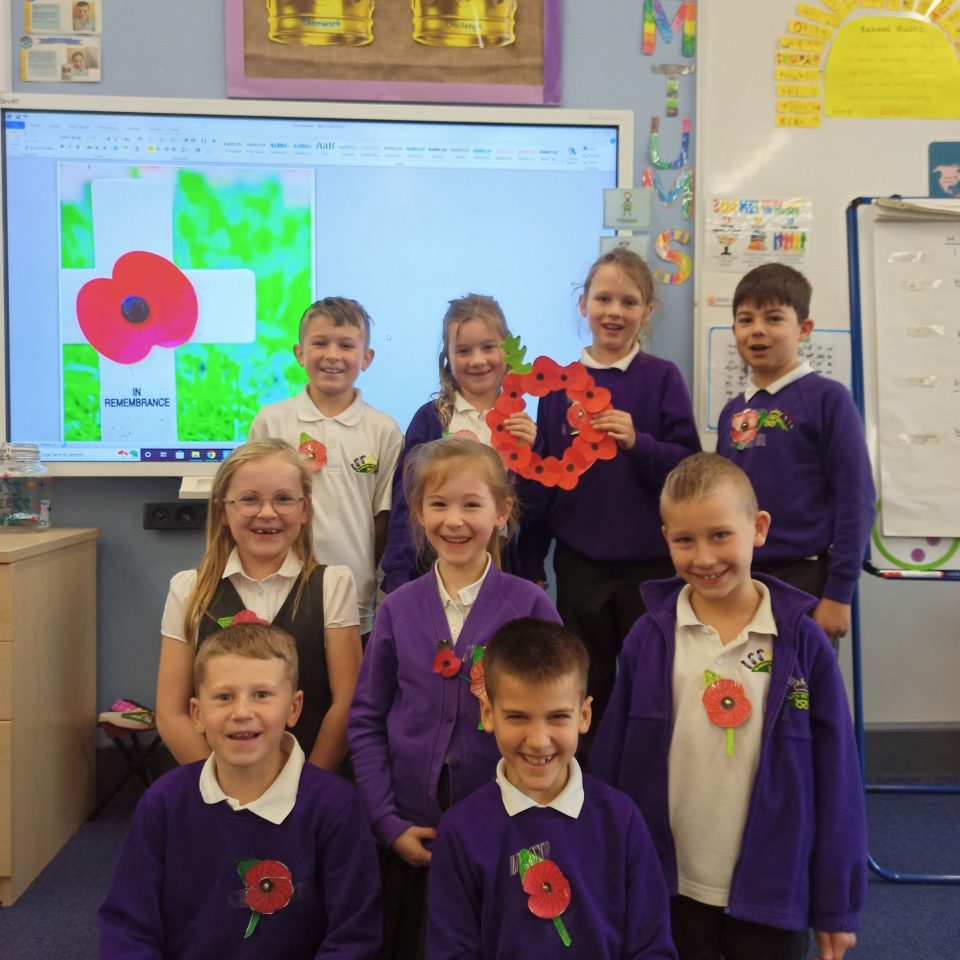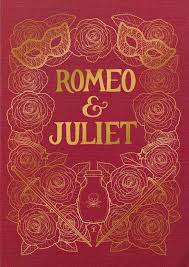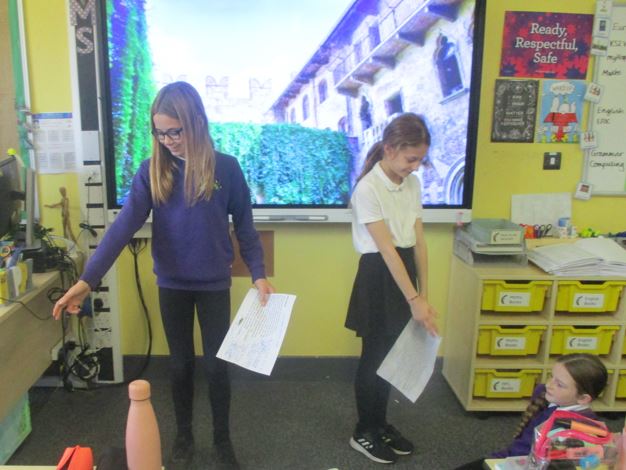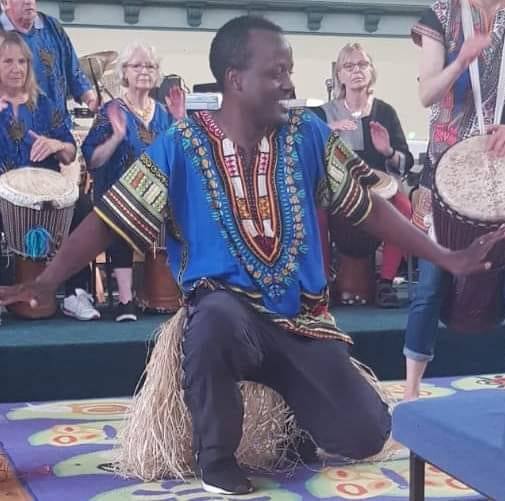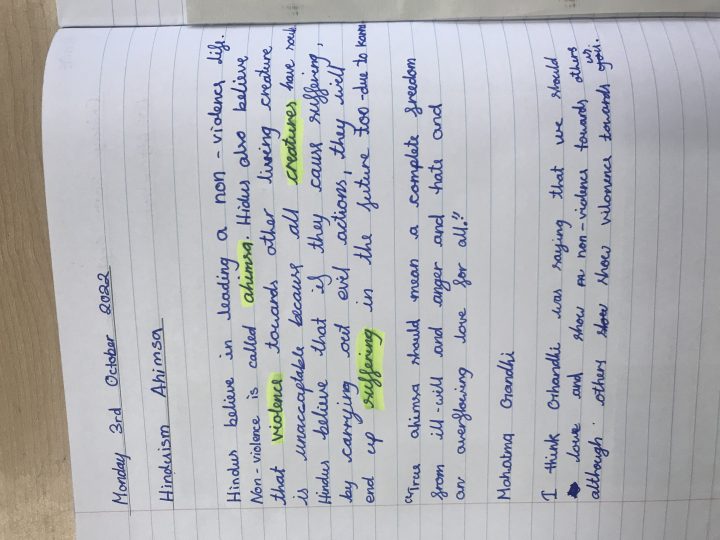In Outdoor Learning, to tie in with our art topic about dying materials, we learned the Japanese craft of hapazome. The Year 6s collected fresh leaves and safely used mallets to bash the colour onto triangles of cotton material. Some children made their own tools out of chunks of bark and stones to hold down the material in the wind. They discovered the lighter they tapped with the mallets the more detail their prints revealed.

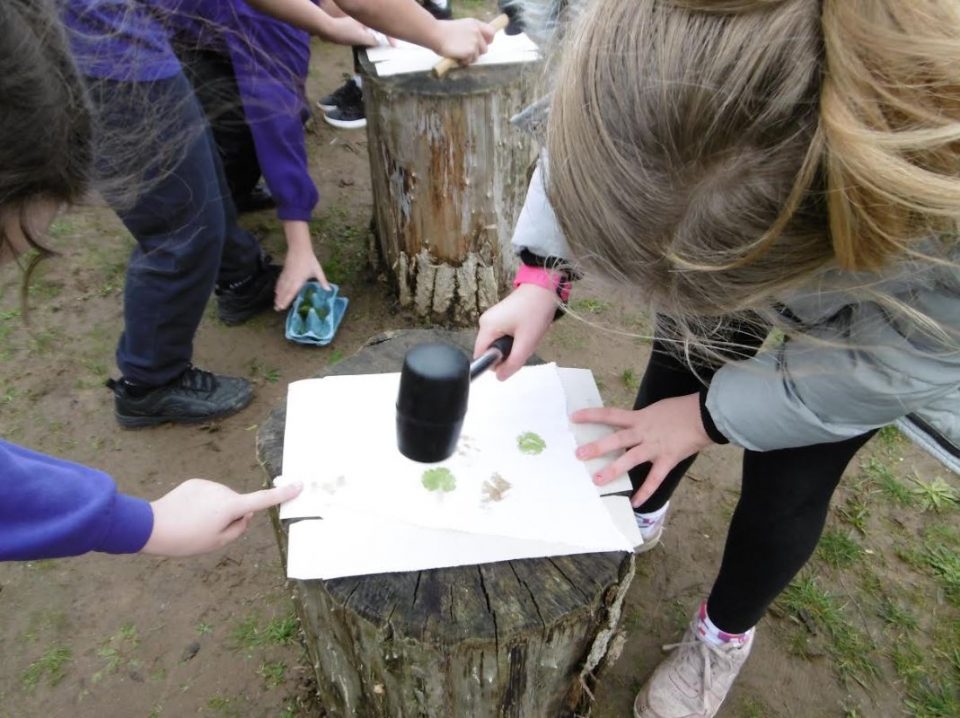
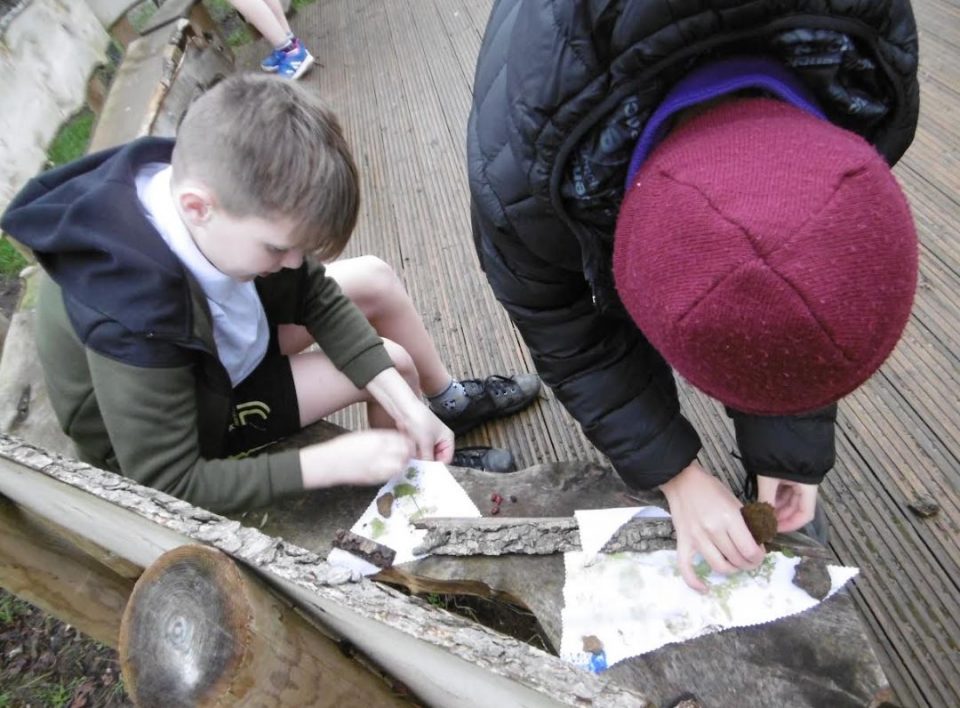
Quite literally meaning ‘leaf dye’, hapa-zome is the Japanese technique of smashing flowers and leaves into fabric. The plant matter is often arranged into a mandala, but you can create any pattern you like. Be sure to use fresh, juicy plants though; these will leave the best imprint.
